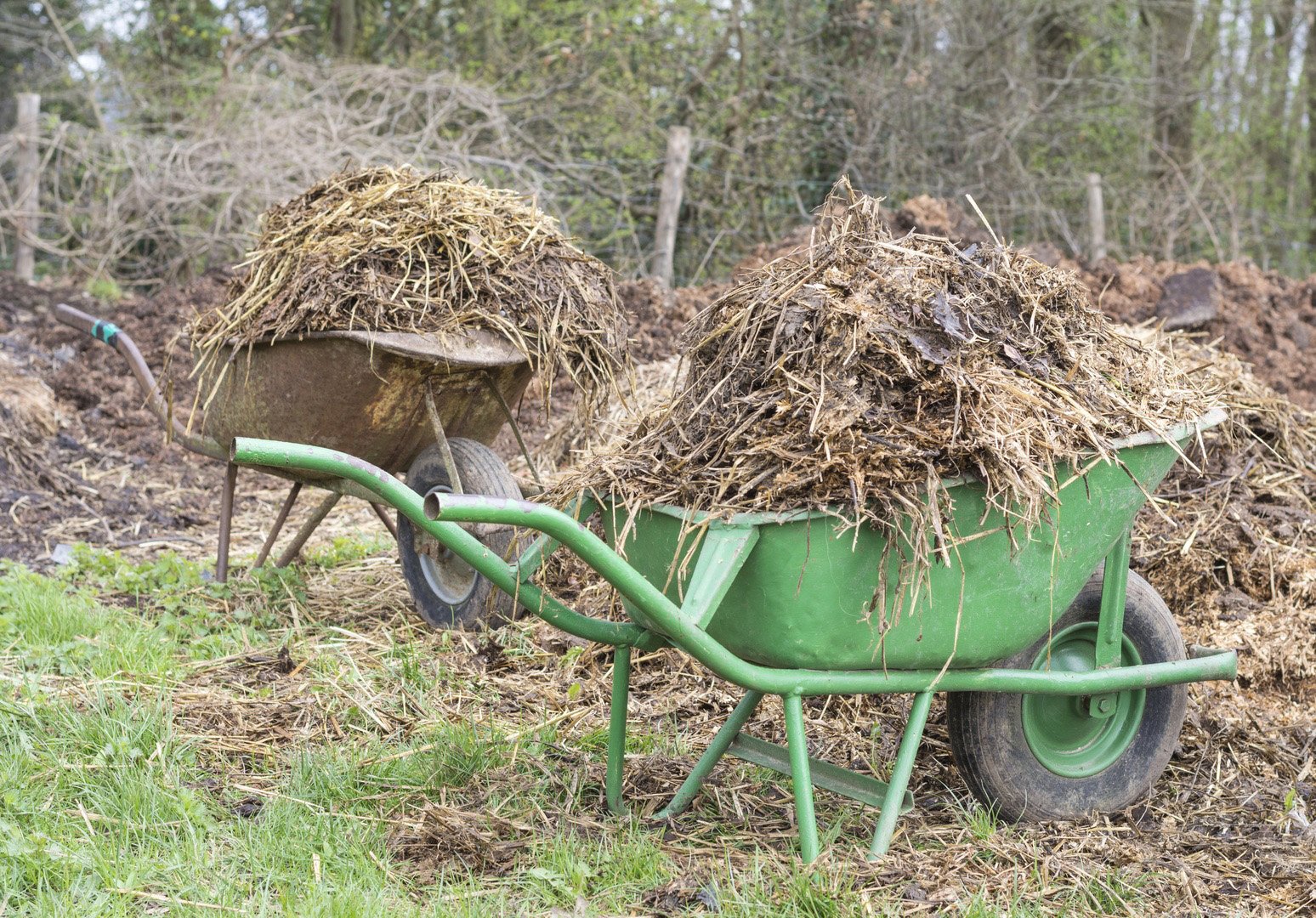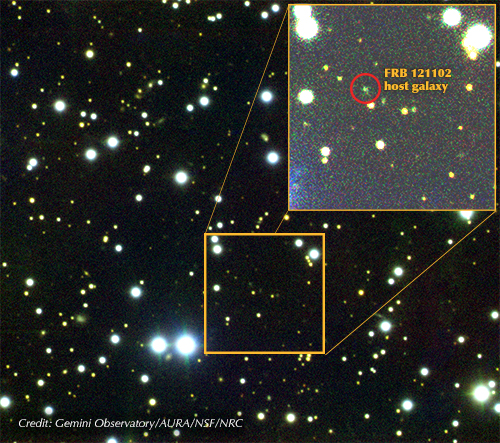Getting AI ethics wrong could ‘annihilate technical progress’
An intelligent water gun that uses facial recognition to identify its targets is helping to highlight some of the emerging human rights issues surrounding artificial intelligence (AI) – an area of research that is on the rise as new technologies become more and more prevalent in our daily lives. ‘It’s very difficult to be an … Read more






